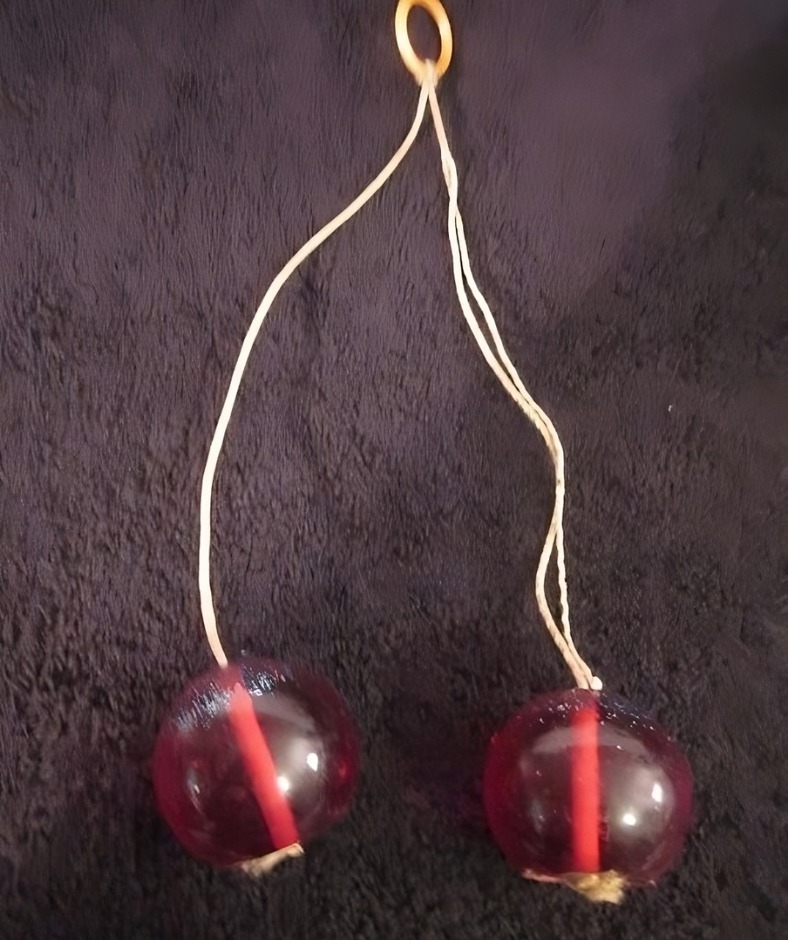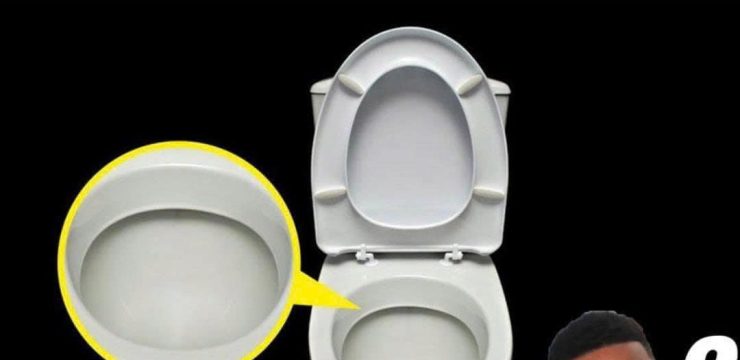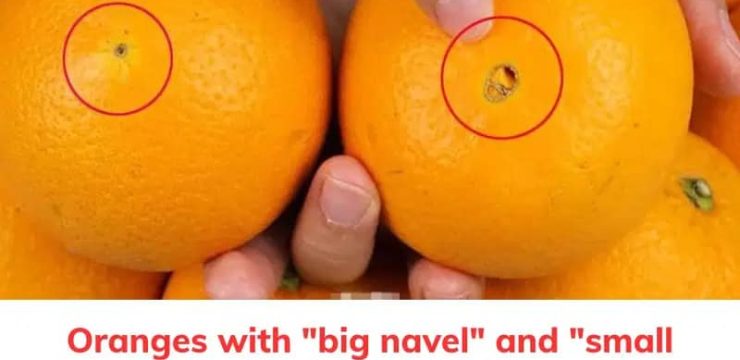Toy Clackers, also known as Lik-Klaks, are an unforgettable symbol of childhood joy from the 1970s. For many who grew up during that time, these simple yet fascinating toys left a lasting impression. Made of two hard plastic balls connected by a string, Toy Clackers provided endless hours of entertainment, with their rhythmic “clacking” sound becoming a signature noise of playgrounds and backyards everywhere. For children, the clack-clack-clack of the balls hitting together was both fun and addictive. For adults today, that same sound is a nostalgic reminder of carefree, simpler days.

Though simple in design, Toy Clackers became an instant hit with kids in the 1970s. The thrill of swinging the balls and getting them to collide in perfect harmony took skill and practice, which only added to the toy’s allure. The clacking noise they made was distinct, loud, and rhythmic—a sound that could be heard from across a playground. In a time before smartphones and video games, this kind of hands-on, physical toy was a source of endless amusement.
For vintage toy collectors today, Toy Clackers hold a special place as cherished relics from a bygone era. Collectors value them not only for their nostalgic connection to childhood but also as a reminder of a time when toys were simpler, more physical, and less reliant on technology. Finding an original pair of Toy Clackers in good condition has become a treasure hunt for many collectors, and these toys often fetch high prices in online auctions.
But how exactly did Toy Clackers become so popular? The story begins with Wham-O, a toy company known for iconic creations like the Hula Hoop, Frisbee, and Superball. In 1969, Wham-O introduced Toy Clackers to the market, and the toy quickly took off. Kids across the United States couldn’t get enough of the simple yet addictive toy. Mastering the art of swinging the balls back and forth to produce the loud clacking sound was something every child wanted to accomplish.
In the first year alone, over 10 million units of Toy Clackers were sold, marking the toy as an instant success. Part of their appeal was their simplicity—two balls, a string, and a little bit of coordination were all it took to have fun. Kids could easily carry them around in their pockets, making Toy Clackers portable and accessible to anyone. Whether at home, in parks, or on the playground, the clacking noise could be heard all across neighborhoods.
However, despite their popularity, Toy Clackers faced issues that led to their decline. Concerns about safety began to arise as reports emerged of the hard plastic balls shattering during play. When the balls broke, sharp plastic shards would fly through the air, posing a risk of injury to children. The very thing that made Toy Clackers fun—the fast, hard-hitting balls—also made them dangerous when they malfunctioned.
In response to these safety concerns, Wham-O developed a safer version of the toy using more durable materials. Despite these efforts, the damage to Toy Clackers’ reputation had already been done. Schools began banning the toy, and safety authorities raised concerns, which eventually led to Toy Clackers fading from the market. Although the toy’s popularity waned, its impact on the generation of children who played with it remains strong.
Today, Toy Clackers are often referenced in pop culture as a symbol of retro fun from the 1970s. Whether in movies, TV shows, or online nostalgia communities, Toy Clackers are celebrated as part of a larger trend of vintage toys that defined childhood for many during that era. While they faced their fair share of controversy, the clacking sound of Toy Clackers is still iconic. For collectors and enthusiasts alike, Toy Clackers represent a time when life was less complicated, and playtime was all about swinging plastic balls back and forth without a care in the world.





